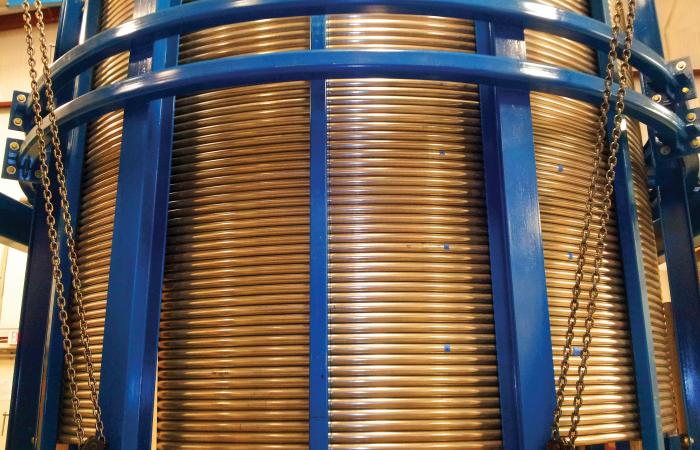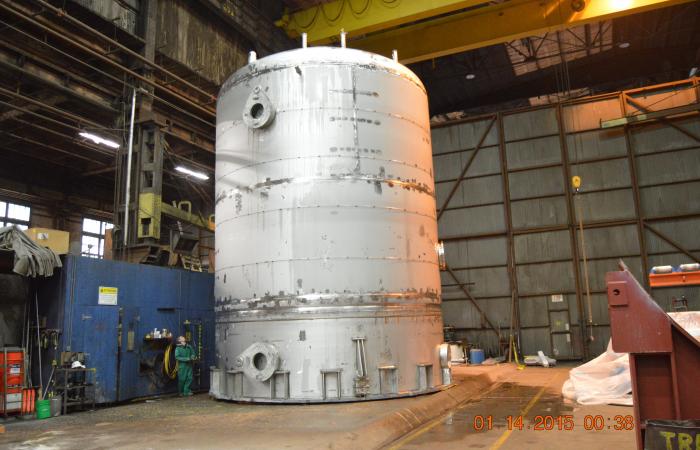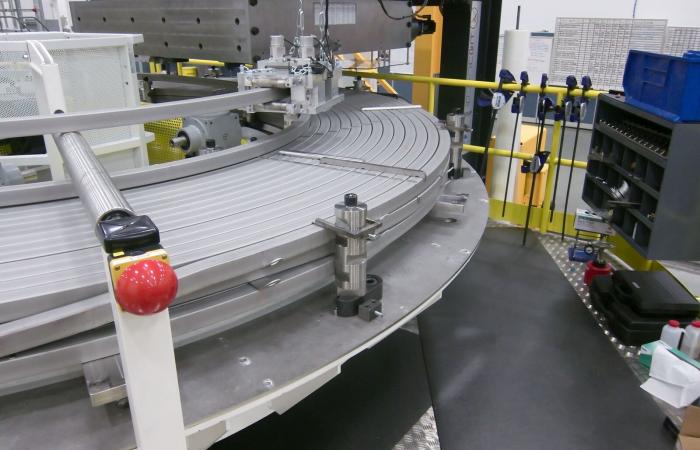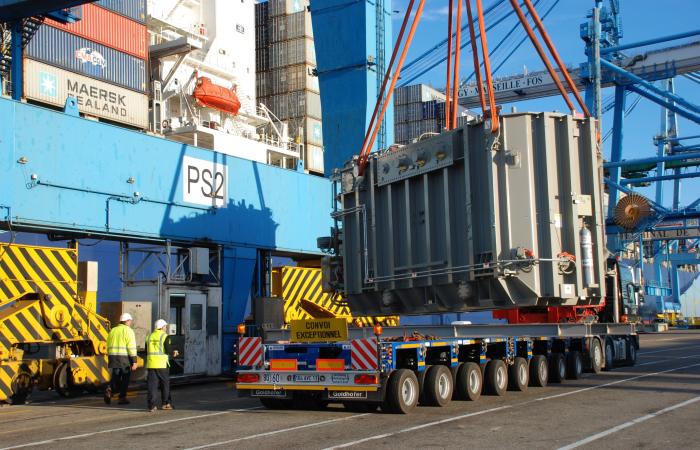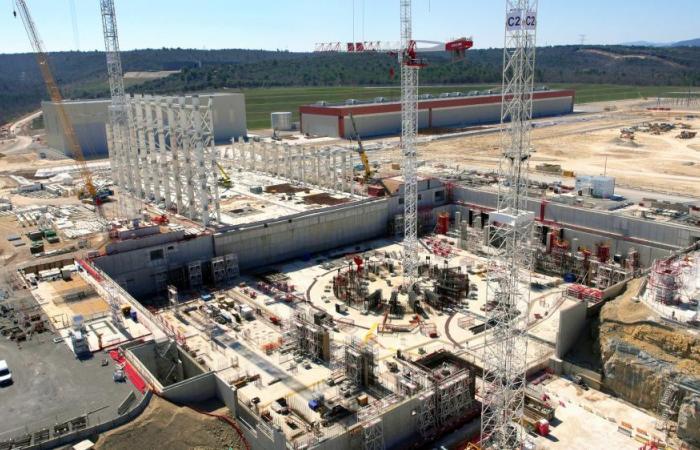The United States is a major participant in the ITER fusion reactor, an experimental reactor intended to demonstrate that the process that powers stars can also produce clean energy on Earth. The U.S. contribution to this international collaboration is coordinated by DOE’s Office of Science and headquartered at ORNL.
As part of its participation, US ITER is producing and delivering some unique and massive components for the reactor (see above).



